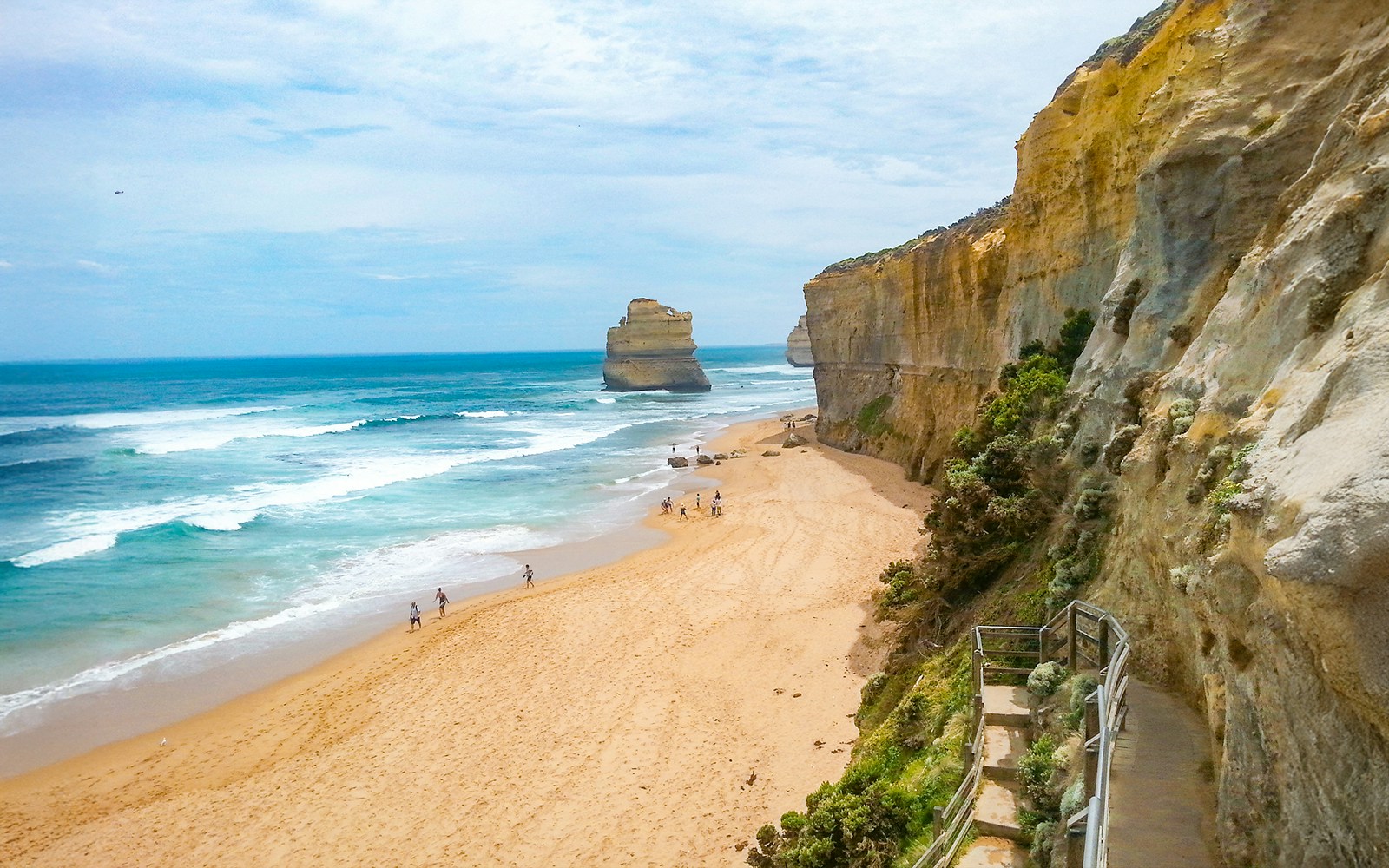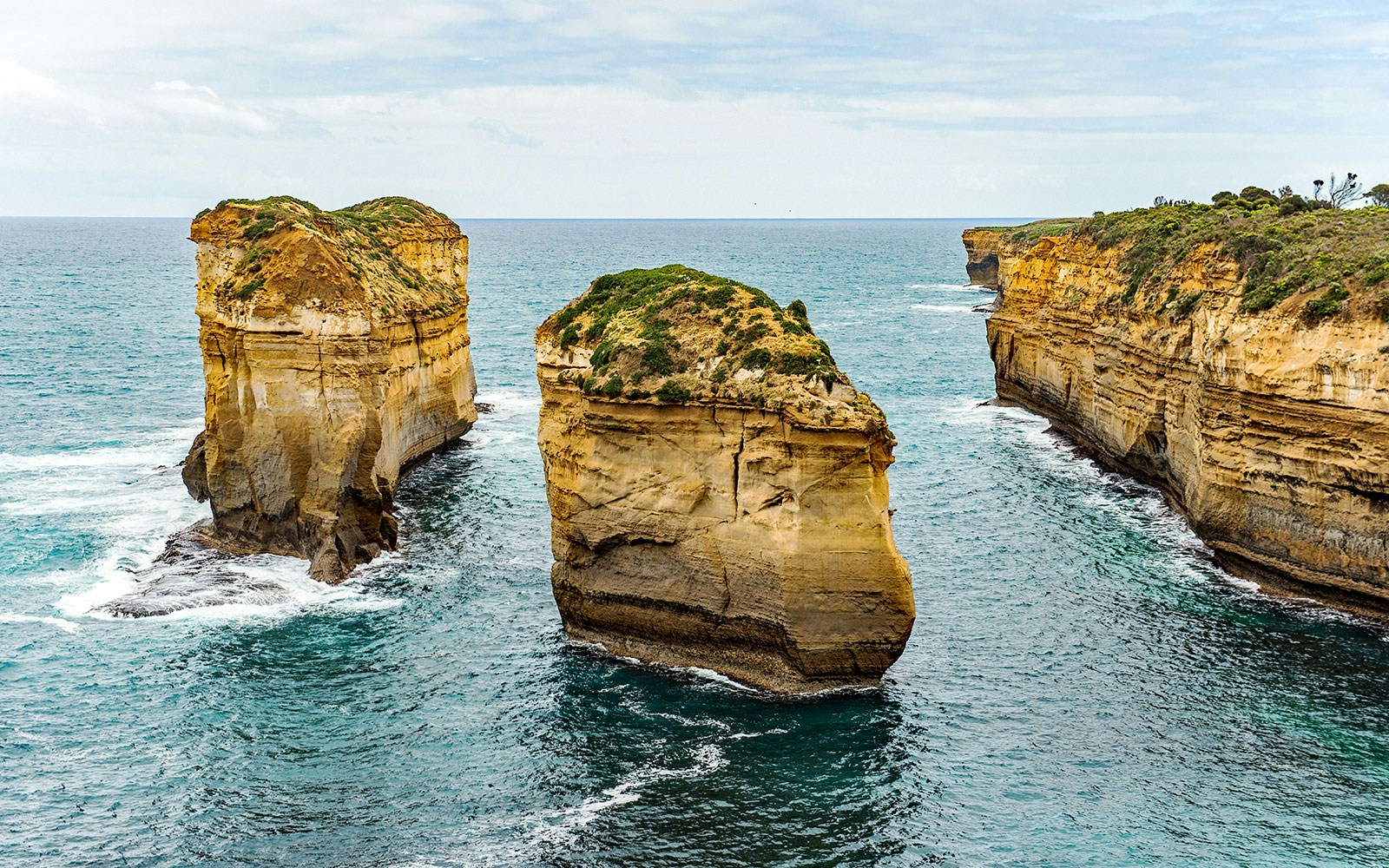Southern Ocean waves began carving the cliffs 10–20 million years ago, leaving sea stacks shrinking a few centimetres each year.
Origin of the 12 Apostles
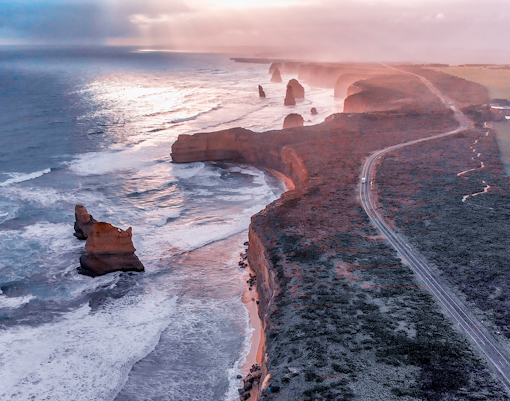
Formation
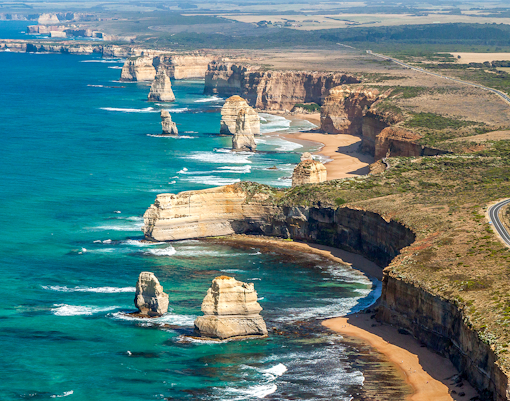
How many remain
9 stacks were visible in the 1920s; one collapsed in 2005, so 7 are left standing. Geologists expect more change within decades.
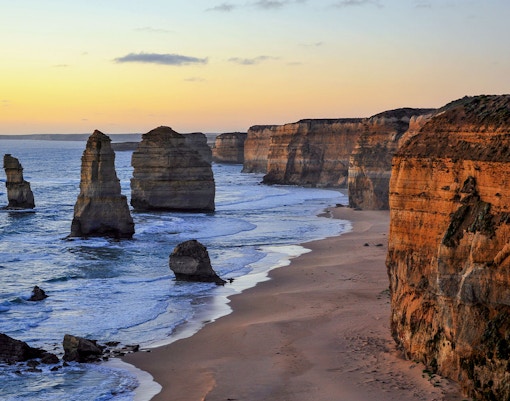
Name swap
Early settlers called them the “Sow and Piglets.” Tourism officials rebranded the group the “12 Apostles” in 1922—there were never twelve, but the new name stuck.
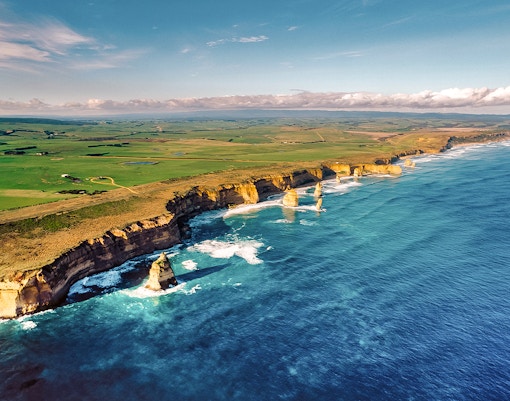
Shipwreck legacy
Between Cape Otway and Allansford (about 240km), more than 700 ships met their end on hidden reefs and roaring surf. Timbers from the 1878 Loch Ard wreck still rest beneath the waves near the gorge that bears its name.
